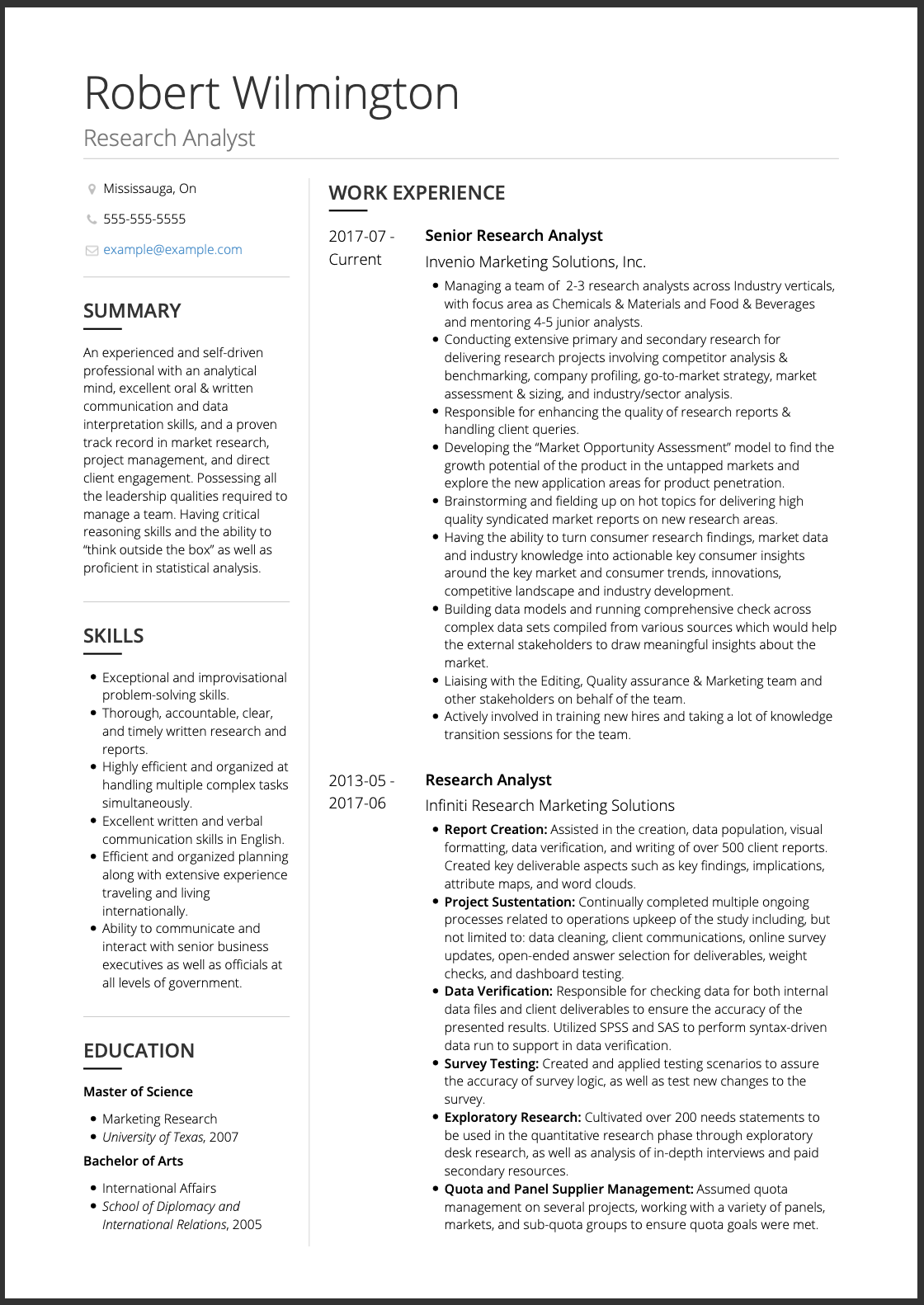The two-column resume template
If you have been having trouble fitting all of your skills and experience onto your resume in an appealing way, a two-column resume template may be just what you need. While many job-seekers opt for a resume with a single column that fills the entire width of the page, resume templates with two separate columns have become more popular in recent years. A two-column resume offers more efficient organization as well as a modern, professional look.
If your old one-column resume isn't giving your work history the eye-catching appearance it deserves, it may be time to check out a two-column resume template.
When to use a two-column resume template
A two-column resume can be useful for job seekers in any industry. If you are an experienced professional with years of experience, a two-column template may help you fit all of your skills, achievements, awards, and certifications on your resume while keeping the page count low. If you are in a creative job such as marketing or graphic design, you may prefer a two-column format for its customizability. When you know your industry well and can make the format work for you, you can't go wrong with a two-column template.

Reasons to use a two-column resume template
- Two columns use space more efficiently than one, so it is easier to keep your resume to one page.
- Sections that do not take up much horizontal space, such as a list of skills, are more efficiently displayed in a narrower column.
- Two-column templates are easy to customize, as you can rearrange one column without interfering with the other.
- You can place your professional summary at the top of one section and your work experience at the top of the other, so both are given precedence.
- Two-column resumes look great.
- When your resume is well organized into clear sections and columns, it will be easier for recruiters to read it.
Tips for writing a two-column resume
When writing your two-column resume, focus on what you want to emphasize most. As there can now be more sections on each page, it is important to make sure the most interesting and relevant information is near the top.
Begin, as always, with your name and contact information. Once that has been done, it is time to decide what to place at the beginning of each column. One column will likely feature your work experience, as this is the focus of a resume. Begin with your most recent position at the top, and be sure to highlight your most impressive achievements in each role. In most two-column resumes, one column will be wider than the other; we recommend using the larger column for your work experience.
For the other column, you will have to choose what you want employers to see first. It may be your skills, if you have a robust skill set that is relevant to the position you are applying to. It may also be your career summary, as this is an important way for the reader to get to know you. Decide what works best for you and your career.
Where each section goes on a two-column resume will depend on the length of each section. If your Work History section is short, you may want to add sections beneath it in order to fill up that column. If that side of the resume is already full, you can add sections to the other column.









